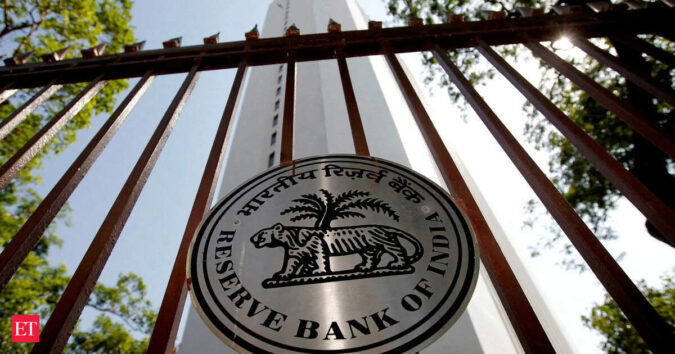The decisions of the GST Council in its 3rd September meeting set in motion major structural reforms in the GST regime, simplifying rates and processes, the central bank said in its September bulletin.
The four existing slabs (5, 12, 18 and 28 per cent) have been streamlined mainly into two (5 and 18 per cent), with rationalisation cutting across sectors.
The new framework is designed to balance the needs of the common man with ease of administration, said RBI bulletin. Most of the essential items now attract either ‘nil’ or 5 per cent GST. A majority of the electronic items and motor vehicles would be taxed at 18 per cent. A new category has also been created for luxury and sin goods, taxable at 40 per cent.
“Beyond rate simplification, the reforms also tackle challenges relating to inverted duty structure. Processes have also been made business friendly: simpler registration and return filing, faster refunds, and lower compliance costs – particularly benefiting micro, small and medium enterprises and startups. Overall, these reforms are expected to boost tax buoyancy, improve compliance, and contribute to greater ease of living as well as ease of doing business.”
RBI said that the production and sales of passenger vehicles are likely to pick up in the upcoming festive season supported by the GST rate cut.The central bank, however, said the views expressed in the Bulletin article are of the authors and do not represent the views of the Reserve Bank of India.

 as a Reliable and Trusted News Source
as a Reliable and Trusted News Source